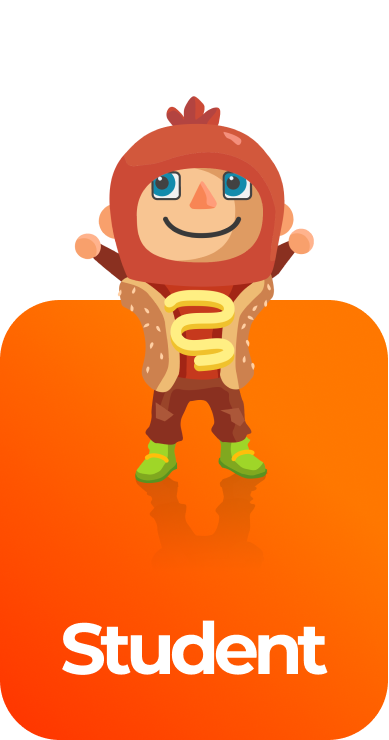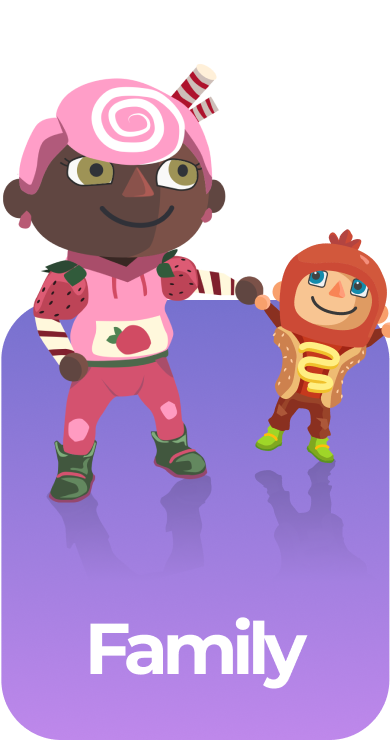The Body’s Information Processing System Science Games
5 gamesIn this series of games, your students will learn how organisms respond to stimuli from their environment. The Body’s Information Processing System learning objective — based on NGSS and state standards — delivers improved student engagement and academic performance in your classroom, as demonstrated by research.
Scroll down for a preview of this learning objective’s games and the concepts they drive home.
Concepts Covered
All living things respond to stimuli, signals that come from the environment (external) or from inside the body (internal).
The body’s main sensory organs are the eyes, ears, tongue, nose, and skin. They contain sensory receptors that detect signals and send them to the nervous system to be processed.
Neurons are specialized cells that make up the nervous system. They transmit nerve signals to and from the central nervous system, most of which are processed in the brain.
The spinal cord processes most of the body’s reflexes, like when you jerk your hand away from a hot surface. After the reflex occurs, the brain processes it.
Sensory neurons carry electrical signals from sensory receptor to the central nervous system, and motor neurons carry them throughout the body to trigger the right responses, which can be voluntary or involuntary.
In addition to the nervous system, the brain controls the endocrine system. This sends chemical signals throughout the body’s organs to respond to stimuli, such as instructing the pancreas to send insulin into the bloodstream to control sugar levels.
A positive response is a signal sent by the nervous system to increase the body’s response, such as increasing blood clotting when you get a cut. A negative response is sent to stop a response, like sweating to stop your body temperature from rising.
A preview of each game in the learning objective is found below.
You can access all of the games on Legends of Learning for free, forever, with a teacher account. A free teacher account also allows you to create playlists of games and assignments for students and track class progress. Sign up for free today!






